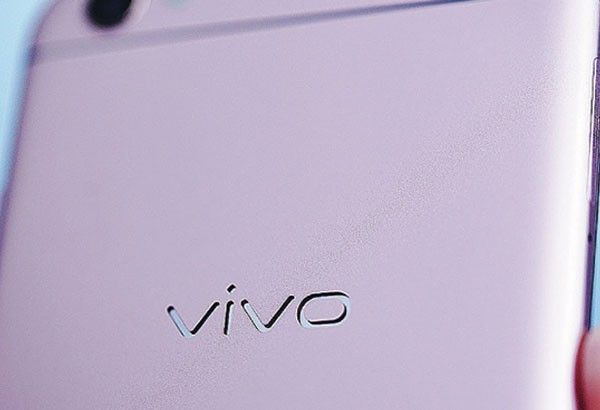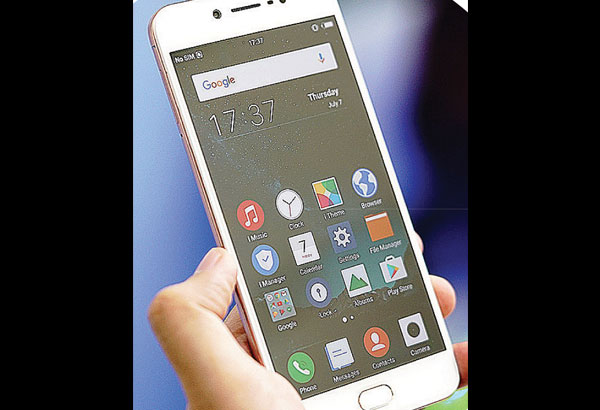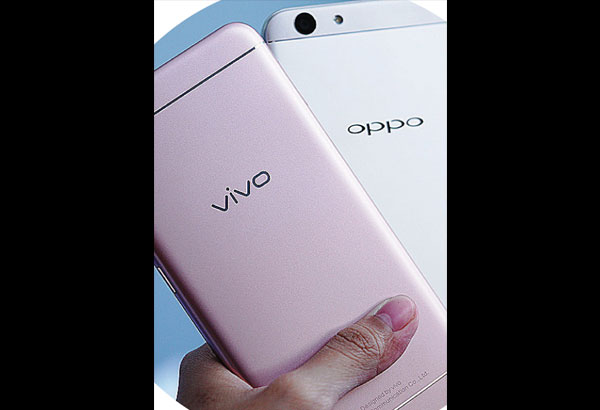Hand on the Vivo V5

MANILA, Philippines – About a week ago, we wrote about the Vivo V5 launching in India, the second-largest smartphone market in the world next to China.
The spiritual successor to the V3, the V5 takes on the likes of the Oppo F1s and Sony Xperia XA with a killer front-facing camera and a street price that would make most bargain options blush.
The V5 reminds us of a phone we’ve seen before, by another manufacturer. The uncanny resemblance to the Oppo F1s (and F1 Plus) isn’t deliberate, but it comes as no surprise given that both Vivo and Oppo are under the same parent company.
And because it carries the DNA of the F1s, the V5 looks and feels good. It is comfortable to use for long durations.

But it should be said that the V5 and F1s are not exactly alike. There are slight differences, the most prominent of which is how much different the frame of the V5 is; it tapers toward the front to give the handset a cleaner, more polished appearance.
And since we’ve gone deep into the rabbit hole, it must be said: We prefer the look of the Vivo phone. It feels like an evolution of the F1s’ design, which is admittedly a weird thing to say about two phones made by different companies.
The V5 houses a 5.5-inch display of 720p resolution. Colors are well-saturated and accurate for the most part, and the screen is easily visible from awkward angles. However, it’s not as bright as the panel on the Vivo V3. Nor is it as crisp, as a result of the bump in size. There are narrow bezels on the right and left. Tiny black borders surround the display.
The front also features a capacitive (read: non-clickable) home button that pulls double duty as a fingerprint reader. Fingerprint recognition is both accurate and fast, like with the Vivo V3 and V3 Max.
The left side hides a hybrid tray for either two SIM cards or a SIM card and a microSD card.
The bottom features a headphone jack, a standard USB charging port, and a speaker. On a somewhat related note, the V5 has a fancy audio chip for high-quality audio playback. This particular feature only works with headphones, and Vivo specifically states that uncompressed audio files be used.
The back of the phone is engraved with Vivo’s logo. Two silver antenna bands run through the top and bottom edges.

The main camera packs a 13-megapixel sensor. It shoots decent photos in low light. But it doesn’t outperform the V3’s rear shooter. Not during the day, not at night. The V3 actually fared better in our initial testing.
Though the front-facer is a different ball game. As some of you may have heard around the internet, the V5 is the world’s first 20-megapixel selfie phone. And while that may not carry much weight with non-millennials — it might seem gimmicky even — a phone that obsesses over the intricate details of your face could turn out to be useful at some point in the future.
Vivo has opted for MediaTek’s Helio P10 processor inside the V5, which is a bit surprising since its previous releases — the Y55, V3, and V3 Max — all use Qualcomm chipsets. Not that it should matter, because the P10 is a good midrange chipset that can handle most games with no problems. The meaty 4GB of RAM should be enough for anyone.
A gyroscope exists under the hood — presumably to keep Pokemon Go players happy. The V5’s non-removable cell is rated at 3,000mAh. The battery’s good for a full day’s work, but one should be able to stretch it out with lighter usage.
The Vivo V5 is priced at INR 17,980 in India and P12,990 in the Philippines, roughly $260 for both countries. So far, our initial impressions are very positive. This phone, like the Oppo F1s, does more than selfies. We’ll be sure to pit one against the other to determine which phone takes the best self-portraits. Check back in a week or two.
- Latest

























